The Indus Civilization: An Interdisciplinary Perspective
The Indus Civilization is as old as the ancient civilizations of Egypt, Mesopotamia and China. It spreads over an area of more than a million sq km, an area much bigger than the Mesopotamian and the Egyptian Civilizations which are famous for their sepulchral splendour. Though technologically innovative, the Indus Civilization in marked by a modesty and the functionality of its architecture and artifacts. After the classical reports of the excavators of the 30s and 40s of the last century, in recent years quite a few synthetic accounts of the Civilization have also come out. As the author of the present book has worked not only on archaeology but also on palaeoenvironment and archaeo-metallurgy, the book gives a holistic account with an interdisciplinary perspective. The data on climate, environment, metals, hydraulics, animals, plants and agriculture, have been given adequate coverage. The book discusses both the elite and folk traditions and the author suggests that the Rama legend carries the echo of the Indus civilization. The author has covered the latest discoveries from the recent excavations, including most of the major and minor Harappan sites. The Indus Civilization in its mature phase flourished between 2600-1900 BCE, though its beginnings can be traced further back. The civilization is marked by a uniformity and standardization over its large territory but now the regional variations appear equally important. It shows considerable variation in town planning, yet a baffling uniformity in weights and measures as well as motifs. The book fully captures the uniformity in diversity of the Indus Civilization and covers its different dimensions. The Indus Civilization did not exhibit the macabre splendour of the Mesopotamian or the Egyptian graves but the book does capture its water splendour as described by Jansen?s German term wasserluxus. The author does not avoid technical data but present it in an interesting style so that it retains the attention of the laymen.
Get it now and save 10%
BECOME A MEMBER

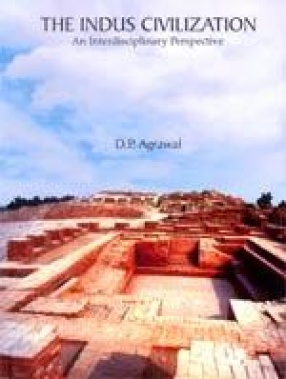
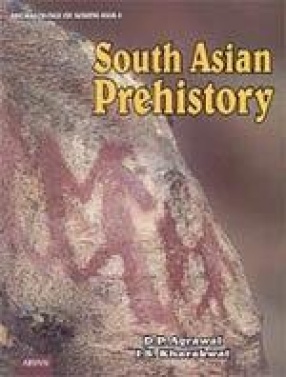
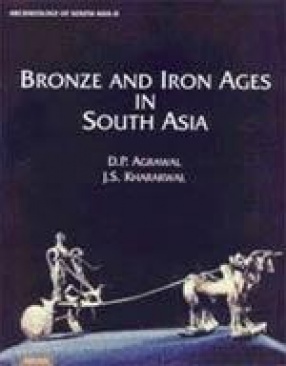
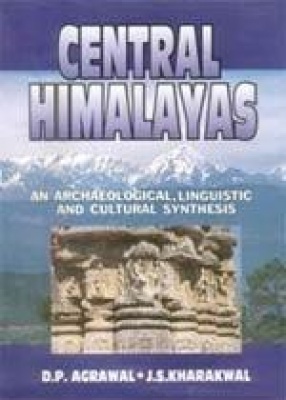

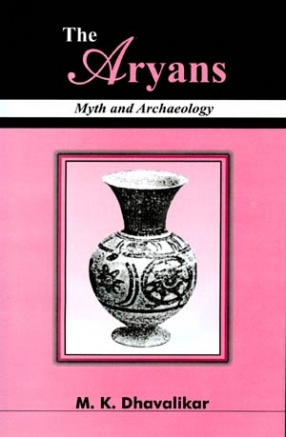
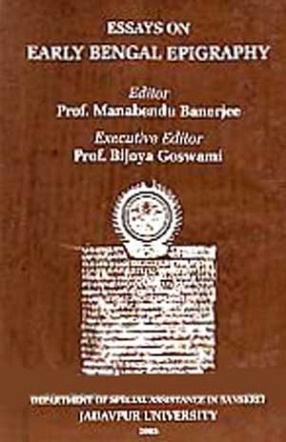
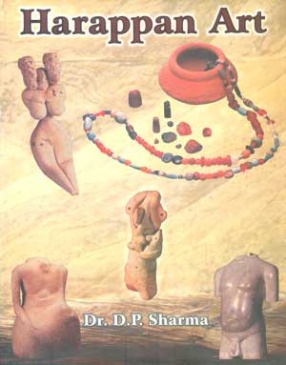


Bibliographic information